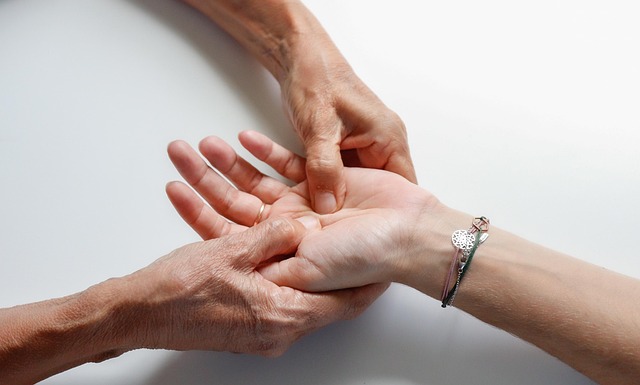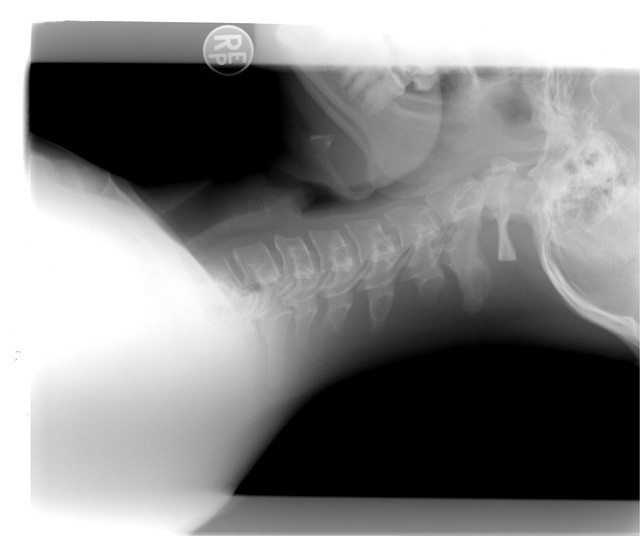In 2009, a prospective randomized controlled trial conducted in the Netherlands has shed light on the efficacy of various nonoperative treatments for traumatic thoracic and lumbar spine fractures. Led by Agnita Stadhouder and colleagues, the study aimed to compare different treatment methods for these types of fractures, excluding cases with neurological damage and significant loss of height or spinal canal reduction.
The trial, conducted across two general hospitals, enrolled a total of 133 patients, with 108 in the compression fracture group and 25 in the burst fracture group. Patients with compression fractures were randomly assigned to receive physical therapy and postural instructions, a brace for 6 weeks, or a Plaster of Paris cast for 6 or 12 weeks. Those with burst fractures received either a brace or a Plaster of Paris cast, both for 12 weeks.
Over the course of the study, follow-up examinations were conducted, which included radiographs, Visual Analogue Scores (VAS) for toleration of treatment and persistent pain, and an Oswestry Disability Index (ODI) for long-term follow-up.
The results indicated that for compression fractures, patients treated with physical therapy and a brace reported the highest level of tolerability. Additionally, brace therapy demonstrated significantly better VAS scores for residual pain and ODI outcomes compared to other treatment modalities. However, none of the treatments showed significant effects on residual deformity measurements. Conversely, for burst fractures, no significant differences were observed among the treatment groups.
Based on these findings, the researchers concluded that brace treatment supplemented with physical therapy stands out as the preferred approach for patients with compression fractures of the thoracic and lumbar spine. Nonetheless, it’s noteworthy that more than 20% of all patients experienced moderate or severe back pain during long-term follow-up, suggesting the need for further investigation into pain management strategies for these conditions.
This study contributes valuable insights into the optimal management of thoracic and lumbar spine fractures, offering clinicians evidence-based guidance for treatment decision-making in clinical practice.
Reference: Stadhouder, A., Buskens, E., Vergroesen, D. A., Fidler, M. W., de Nies, F., & Öner, F. C. (2009). Nonoperative treatment of thoracic and lumbar spine fractures: a prospective randomized study of different treatment options. Journal of orthopaedic trauma, 23(8), 588-594.




